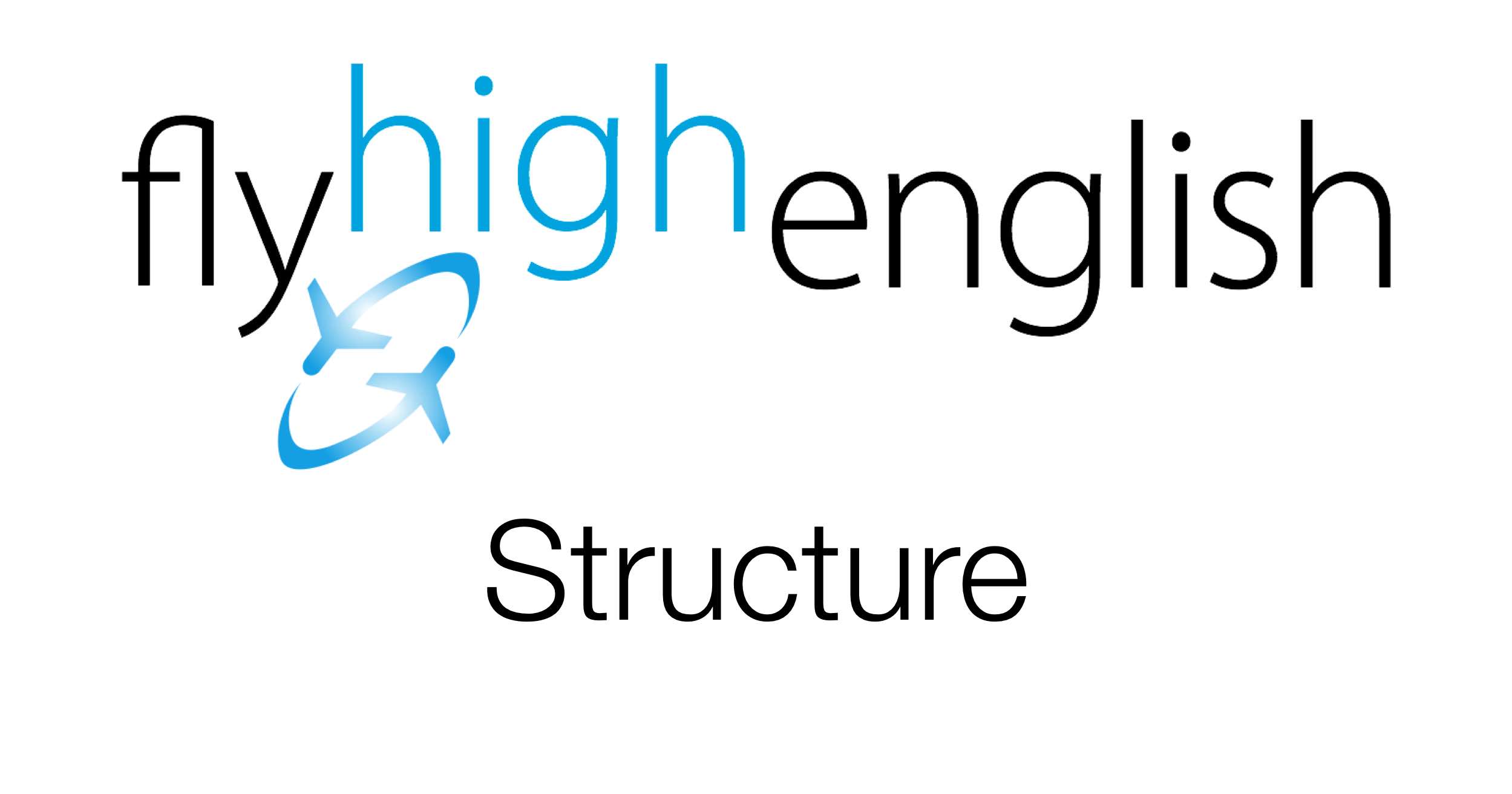
What are direct and indirect objects?
Objects in sentences
The object of a sentence is the person or thing that is affected by the action of the verb.
- Let’s contact the company (object).
- Open that chart (object).

The object of a sentence is the person or thing that is affected by the action of the verb.


We can use yes / no questions to ask some questions. However, the answers can only be yes or no.

We use cardinal numbers to talk about quantity.
eg I have two flights tomorrow.
Continue reading Structure: Cardinal & ordinal numbers
In relative clauses 1 we looked at some of the basics of relative clauses. This time we’ll discuss another issue with them.
In some relative clauses it’s not necessary to use who, which, or that. You can use it if you want but you don’t have to. Let’s look at a couple of examples where it’s not necessary to use who and which.
The person (who) you met works for Emirates.
The book (which) you bought is expensive.
In these two examples we don’t have to use who and which. But how can we discover when we have to use who, which (or that) and we don’t have to? It depends on whether who, which (or that) is the subject or object of the verb. Very briefly, the subject of a sentence is the person or thing that performs an action. The object of a sentence is affected by the action. Look at the diagram below for more information.
As we can see, he performs the action and the plane is affected by the action (it is flown). Now let’s consider our examples above.
The person (who) you met works for Emirates.
In this sentence you met the person, so ‘you’ is the subject and ‘a person’ is the object is the verb ‘met’. Our rule is that if who, which (or that) is the object of our verb, then we don’t have to use it. Let’s look at our second example from above.
The book (which) you bought is expensive.
In this sentence you bought the book, so ‘you’ is the subject (‘you’ performed the action) of the verb and ‘the book’ is the object of our verb, then once again we don’t have to use which. To fully understand this idea about the subject and object of a verb can take time, so if you’re not sure it’s perfectly correct to use who, which (or that) all the time in relative clauses. When you become more comfortable with subjects and objects of verbs you can decide whether or not to use who, which (or that) in relative clauses.
Now try to write some examples of your own to help clarify when you don’t have to use who, which (or that).
Follow us on Twitter here or Facebook here for more great content!

Relative clauses (which are parts of sentences) help the speaker identify the thing or person they are talking about. Let’s see an example.
The woman who we met is a pilot.
In the example above ‘who we met’ is the relative clause, it helps identify the woman we are talking about, without this information it would be impossible to know who the woman is. When we’re using a relative clause to help identify a person we use ‘who’.
The guy who bought your ticket is my cousin.
Again ‘who bought your ticket’ identifies the person we are talking about (and is the relative clause in the sentence).
In these situations we usually have the structure;
‘Person + who + verb (+ object) + information.’
The guy + who + bought + your ticket + is my cousin.
When we’re using a relative clause to help identify a thing instead of a person we use ‘which’. Let’s see an example.
The button which you pressed turns on the wipers.
In the example above ‘which you pressed’ is the relative clause, it helps identify the button (the thing) we are talking about.
The chart which you looked at is the wrong one.
Again ‘which you looked at’ identifies the thing we are talking about (and is the relative clause in this sentence).
In these situations we sometimes have the structure;
‘Thing + which + verb (+ object) + information.’
The chart + which + you looked at + is the wrong one.
(note there is no object in the example above)
Let’s look at another example
The man whose book you borrowed wants it back.
The chart whose corner you ripped is now useless.
In the example above ‘whose book you borrowed’ and ‘whose corner you ripped’ are the relative clauses, they help identify the man and chart we are talking about, without this information it would be impossible to know who the man is or which chart we’re talking about. The difference in these examples is that we use a possessive form ‘whose book’ (you borrowed) and ‘whose corner’ (you ripped) to identify the person and chart.
Tip: In these sentences we don’t use a comma between the noun and the relative clause.
We can also use that instead of who or which in the above examples.
The guy that bought your ticket is my cousin.
The chart that you looked at is the wrong one.
Tip: That can be used in other situations so be careful not to confuse the use of that in relative clauses with other uses of that. Click here and here to review the uses of that.
Remember to use who for people, which for things and whose + noun for possessive forms which help to identify somebody or something.
Now try to write some of your own examples using relative clauses to help identify a person of thing you are talking about.
Follow us on Twitter here or Facebook here for more great content!